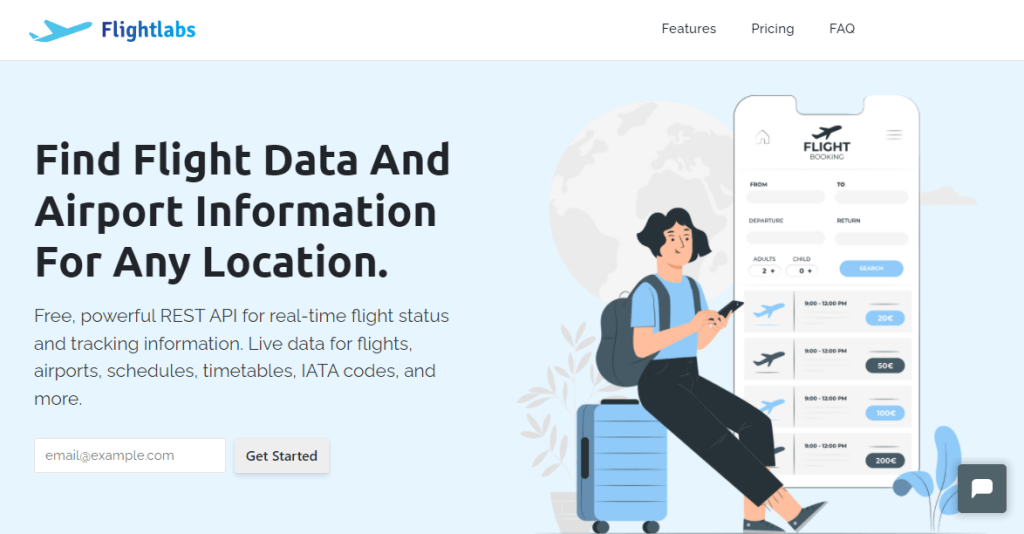Traveling by plane has become an integral part of our everyday life. We couldn’t imagine life without it. Aviation travel is growing year after year. Every day, a growing number of people travel. This is excellent news for businesses that provide air transportation services.
This, however, suggests that more planes are flying at any given moment. It may be difficult for businesses to keep track of them all. Fortunately, there are methods available to aid organizations in more successfully tracking their aircraft fleet. aircraft data APIs are the abbreviation for these technologies.
Aircraft Data APIs are technologies that allow developers to simply and effectively access information about various planes. This information may include the plane’s location, altitude, and speed.
If you want to leverage an aircraft data API to transform your business, you’ve come to the right spot. In this post, we’ll go over all you need to know about aircraft data APIs and how to use them. As a result, keep an eye out!

What APIs Can I Use To Get Aircraft Data?
APIs for flight data are becoming more common. This is because they make it easy for customers to obtain flight information. These APIs are very easy to use and may be simply integrated into existing systems or applications.
Aircraft Data APIs can provide flight information such as departure and arrival timings, as well as departure and arrival airports. This information may be used to plan trips or to track the status of certain aircraft throughout the world.
For example, In this case, we are going to use the flight labs API, which is one of the most powerful aircraft data on the market, if you enter the name of an airport (in this example, the Airport Aachen/Merzbruc into the API endpoint “Airports”, you will receive the following responses:
{
"data": [
{
"GTM": "1",
"airportId": 7,
"codeIataAirport": "AAH",
"codeIataCity": "AAH",
"codeIcaoAirport": "EDKA",
"codeIso2Country": "DE",
"geonameId": "3207669",
"latitudeAirport": 50.75,
"longitudeAirport": 6.133333,
"nameAirport": "Aachen/Merzbruc",
"nameCountry": "Germany",
"phone": "",
"timezone": "Europe/Berlin"
},
[...]
]
}Furthermore, these APIs can provide airline information including the airline’s name, IATA number, and logo. This information can be used to identify a certain airline or to learn more about it. As we mentioned before, in our opinion after using it Flightlabs is one of the best options on the market and these are some of the reasons why we believe that:
This API provides current and very accurate flight data. It also provides real-time flight status updates and allows users to search for flights using the flight number, origin airport, destination airport, and date.

Flightlabs is easy to use and very versatile. It lets you search for flights by origin, destination, departure time, arrival time, and duration. This API may also be used to track the progress of your flight and receive real-time information on its status.
Flightlabs is also very easy to integrate into existing systems or applications. It’s also quite easy to use and accessible in a variety of languages. As a result, if you’re looking for a trustworthy and easy-to-use flight data API, we highly suggest you test Flightlabs right away!
How Do I Get Started With This Airplane Data API?
This section will lead you through the steps necessary to get started with this option. You can get all of the information you need on an airplane with just a few clicks!
1- Create a FlightLabs account. Then select the endpoint that you require or you can insert the IATA Code or ICAO code of airports or airlines.
2- Use these codes and then call the API. You can get a unique API key on your account dashboard.
3- Finally, press the “run” button and you’re finished! The API will appear on your screen. You may also choose a programming language.
4- And that is all there is to it! You will then receive all of the information available about this aircraft in JSON format.

